The berimbau is a musical instrument with a distinctive sound and unique appearance. Today, it is a symbol of Brazilian culture in capoeira circles, but its true origin lies in a similar instrument from Africa, where it was born as a type of musical bow.
Over time, the berimbau crossed the boundaries of capoeira and captivated musicians from various styles and nationalities. Artists such as Naná Vasconcelos, Frank Colón, and Max Cavalera have explored its sound across genres ranging from jazz to metal, proving that its reach is as powerful as its roots.
African Roots: Where It All Began
Source: https://www.capoeirashop.fr/en/blog
The Urucungu originated in regions of Sub-Saharan Africa, particularly Angola and Mozambique. For centuries, African communities used a similar instrument known as a musical bow, called by various names such as mbulumbumba, hungu, and urucungo, depending on the ethnic group and local language. These instruments were made from a flexible wooden bow, a string of natural fiber or metal, and a gourd or hollow fruit used to amplify the sound.
Despite its simple construction, the musical bow held great symbolic value. Its sound was widely used in religious ceremonies, rites of passage, community celebrations, healing practices, and storytelling. It enlivened social gatherings and invoked spiritual protection. More than just a musical instrument, it was a powerful tool for connecting with the sacred, capable of expressing emotions, conveying teachings, and strengthening social bonds.
From the Musical Bow to the Berimbau
Source: https://www.capoeirashop.fr/en/blog
During the period of slavery, millions of Africans were forcibly brought to Brazil, especially between the 16th and 19th centuries. Along with them came languages, beliefs, customs, and musical instruments such as the musical bow. Amid the harsh conditions of enslaved life, this ancestral instrument survived as a symbol of resistance and connection to African roots.
In Brazil, the musical bow underwent significant adaptations. Available materials changed: metal strings replaced natural fibers, and the use of coins or stones to produce different tones was incorporated. Over time, the instrument became known as the berimbau.
Originally used in rituals, festivals, and ceremonies, it was within capoeira that the berimbau found its most prominent role in Brazil. Capoeira was born out of the enslaved Africans’ need for self-defense and cultural expression, disguised as a dance to deceive slave masters. The berimbau became the main instrument of this practice, guiding the movements, rhythm, and energy of the game.
Over the years, the berimbau has become a symbol of capoeira and Afro-Brazilian culture. Its presence in capoeira circles today is more than musical, it is historical, political, and spiritual. Despite all the changes over time, the berimbau’s African origins remain alive, both in the instrument’s structure and in the strength and history it carries.
Source: https://velhosmestres.com/en/gato-1976-2
Today, the berimbau is globally recognized as a symbol of Afro-Brazilian culture. However, it is essential to remember that its story begins much earlier, across the ocean on African soil. Its ancestral sound carries the memories of peoples, traditions, and resistances that have survived through time and diaspora.
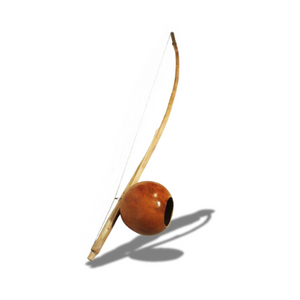
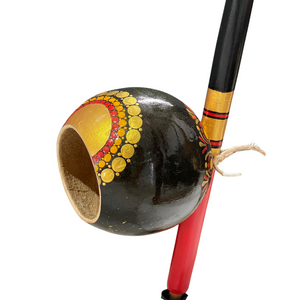
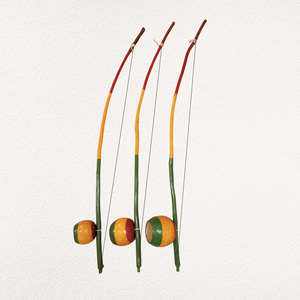
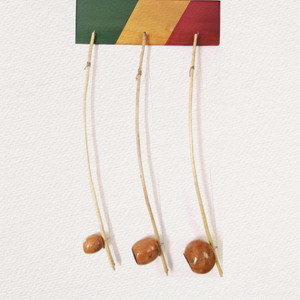
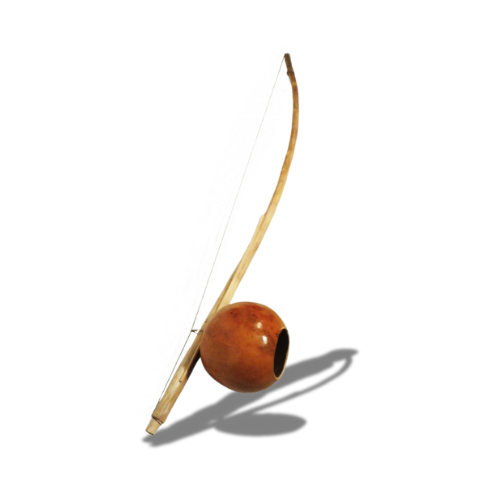
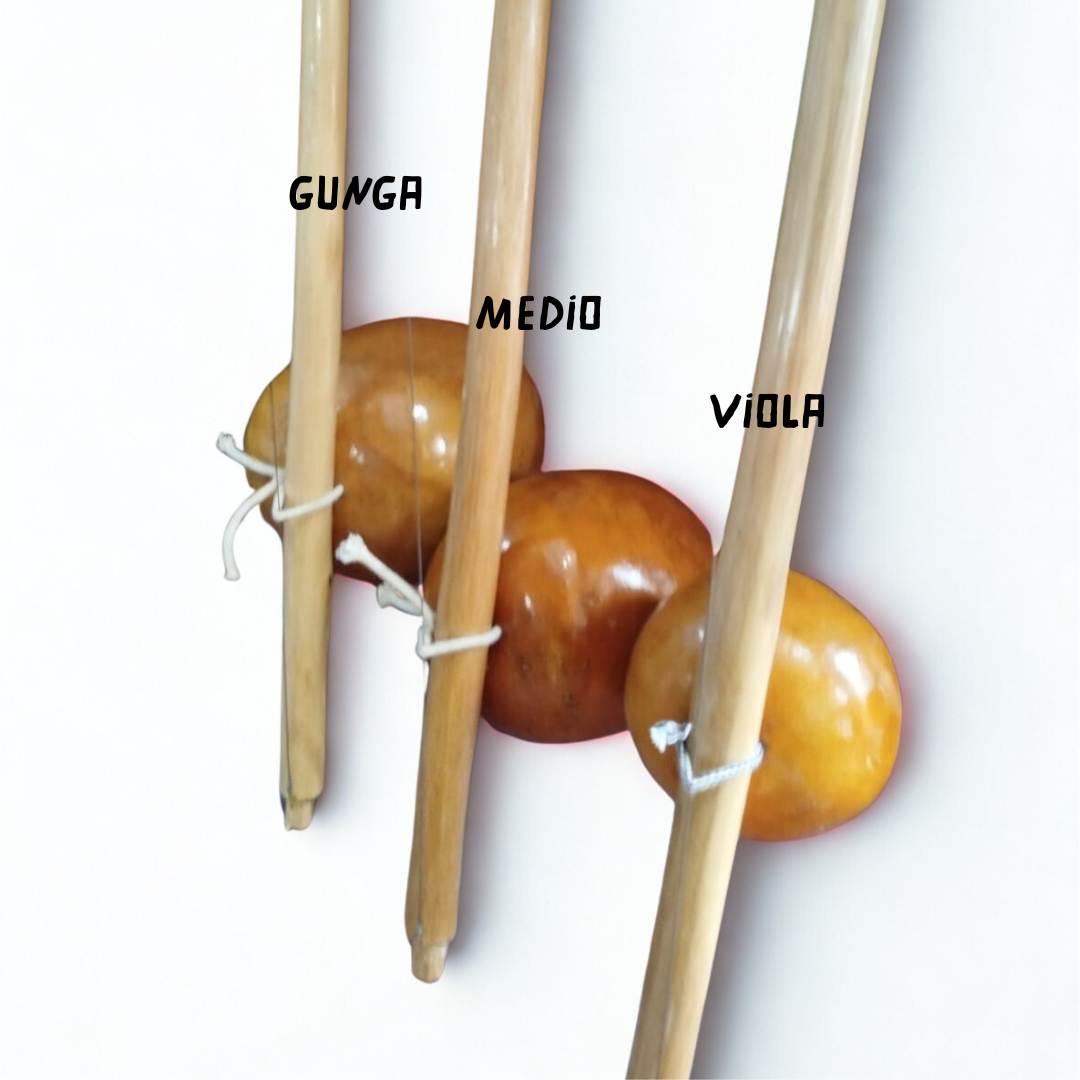
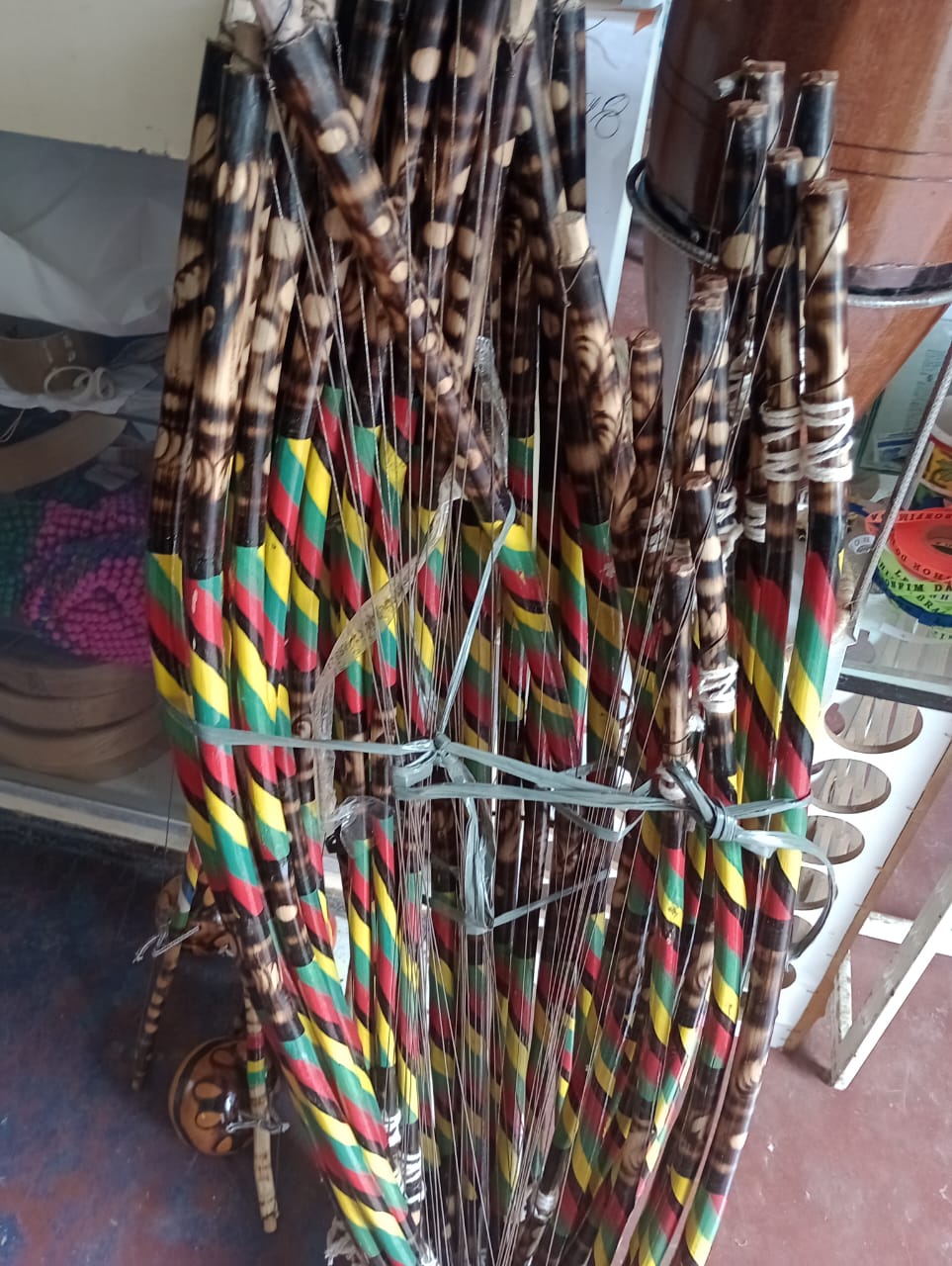
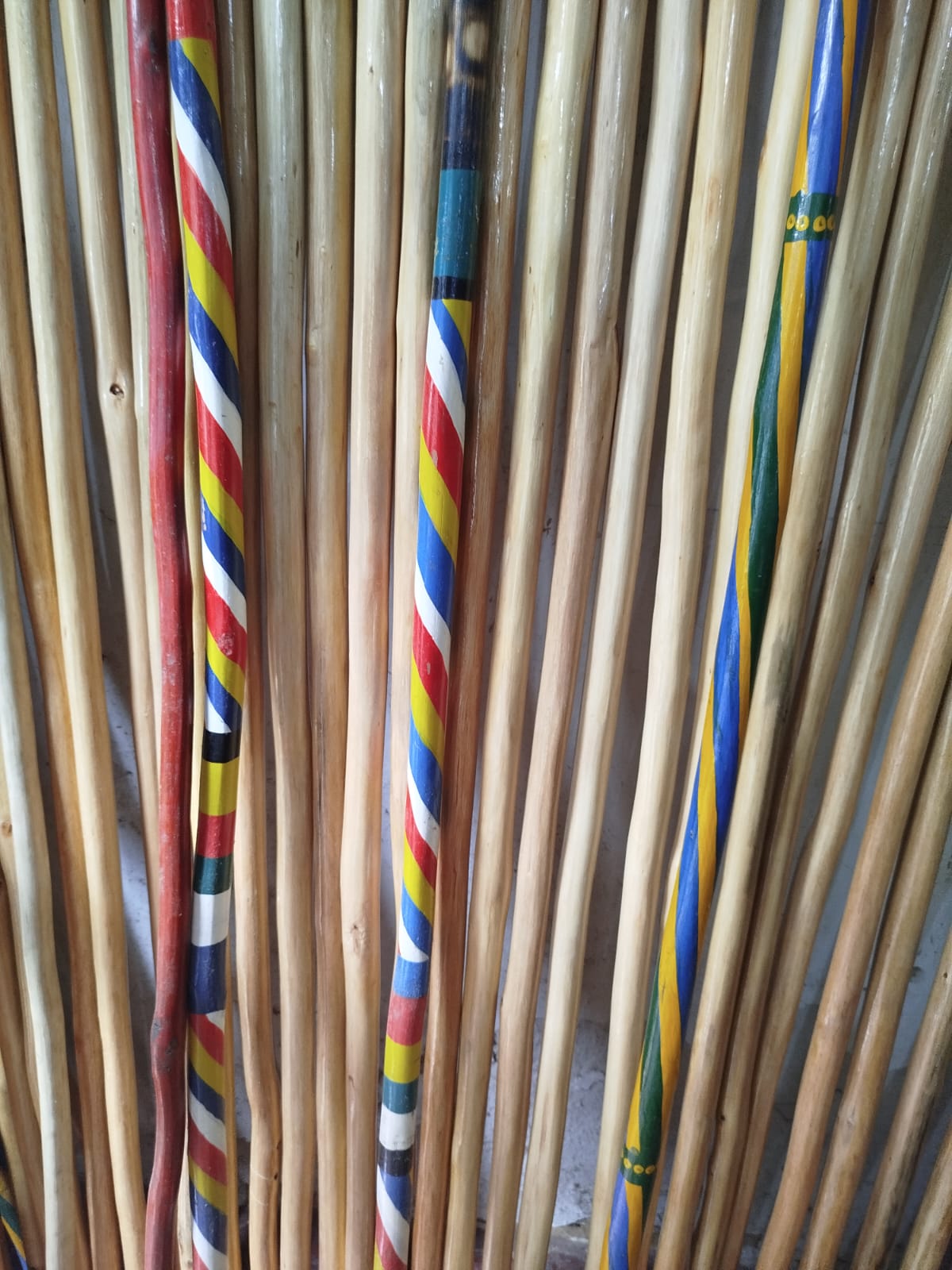
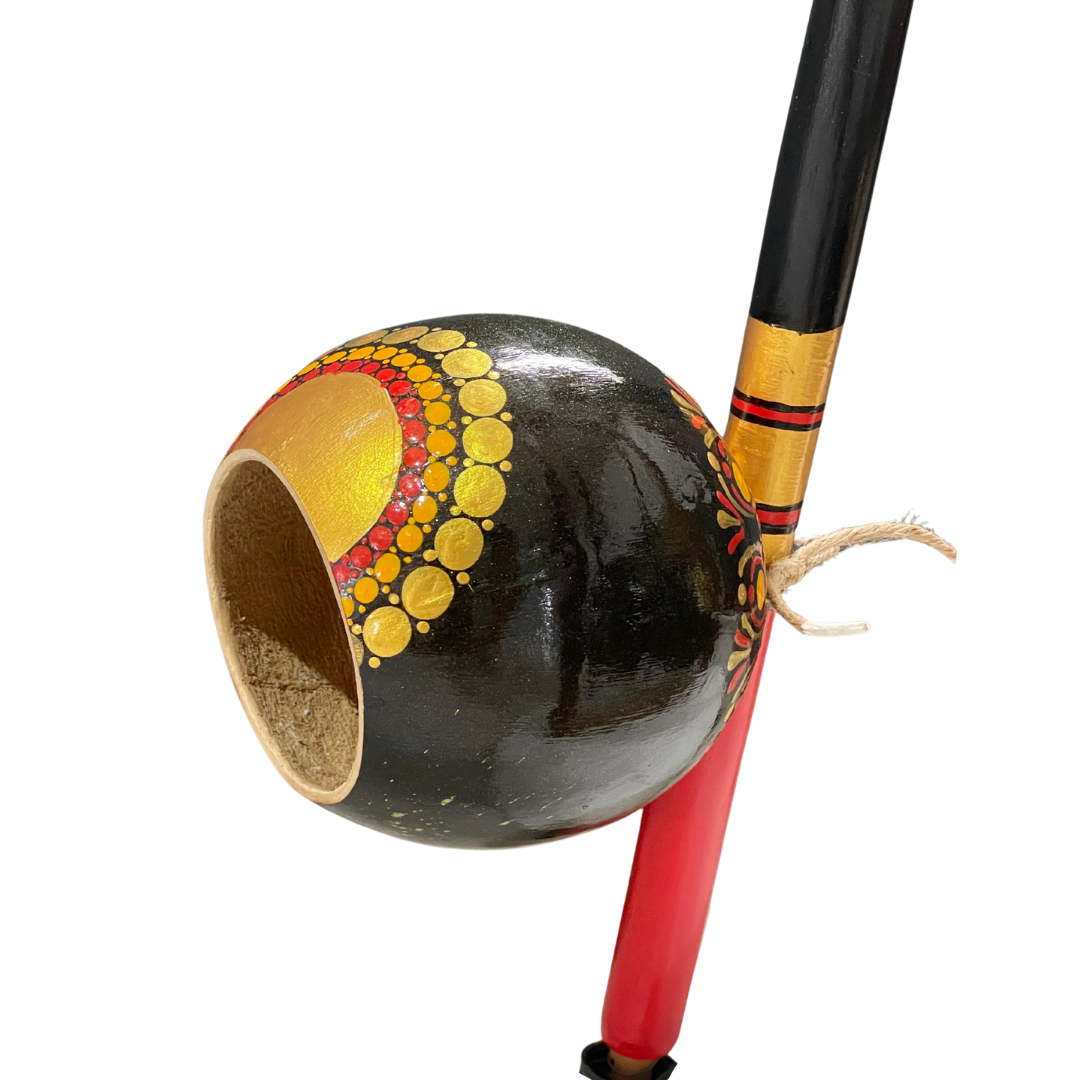
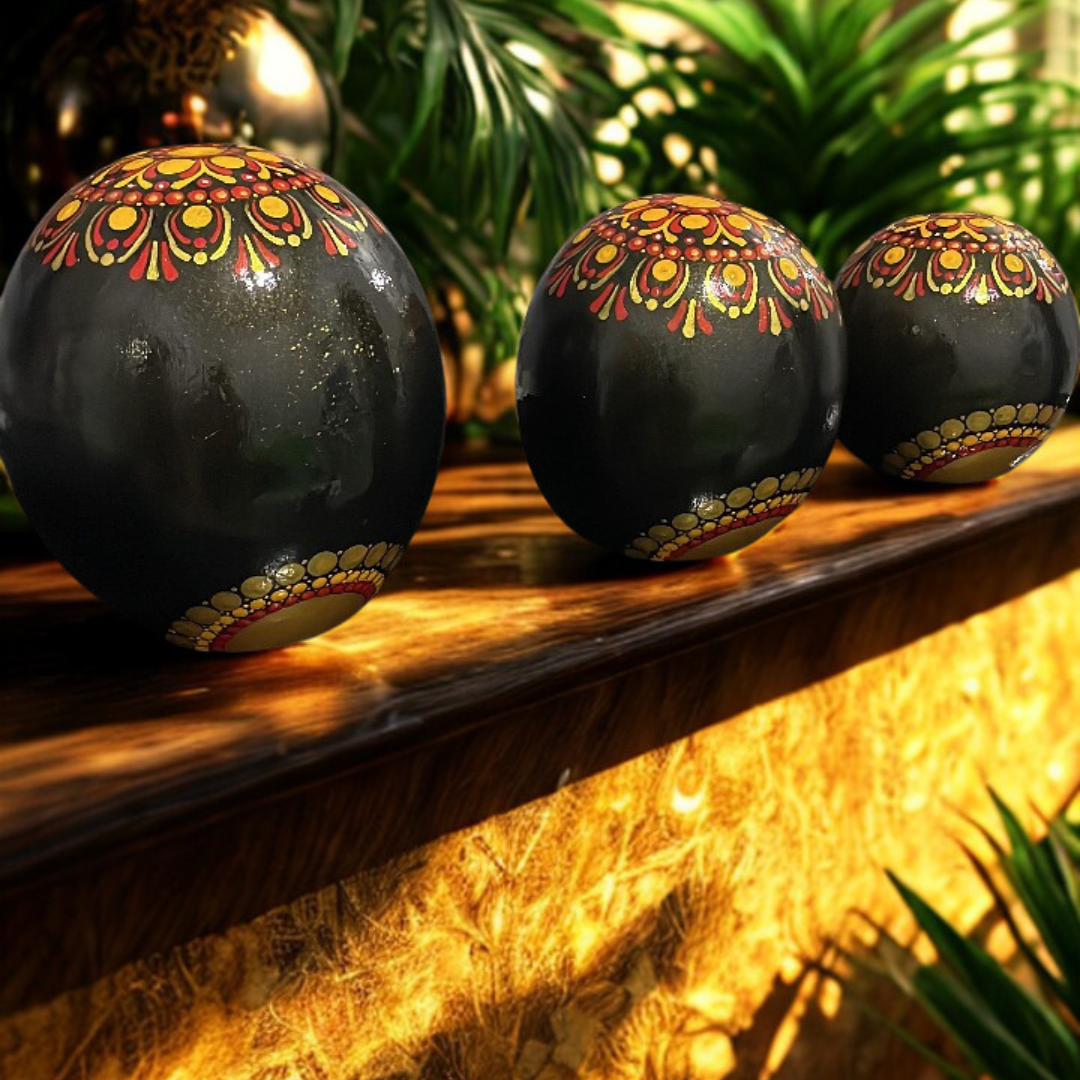
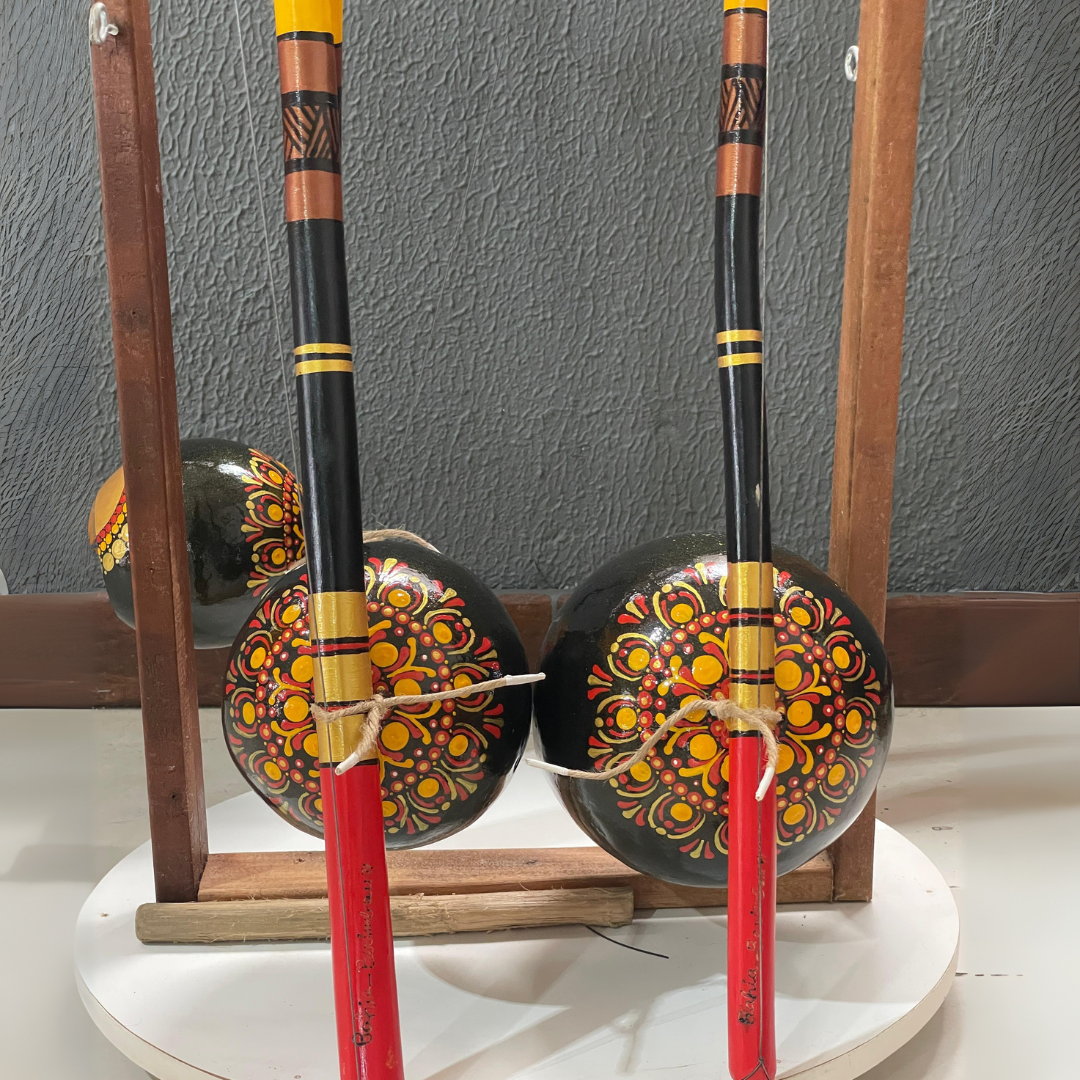
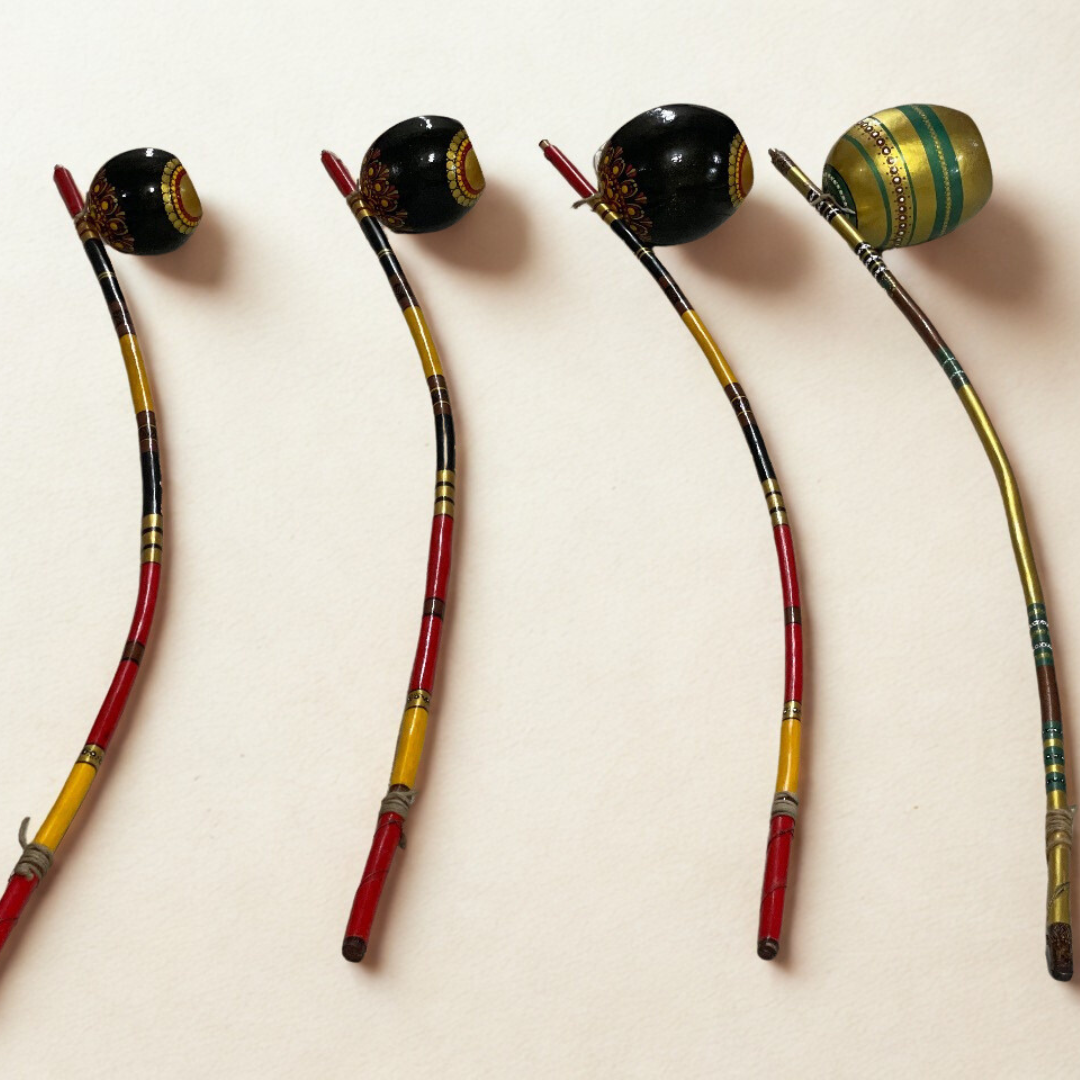
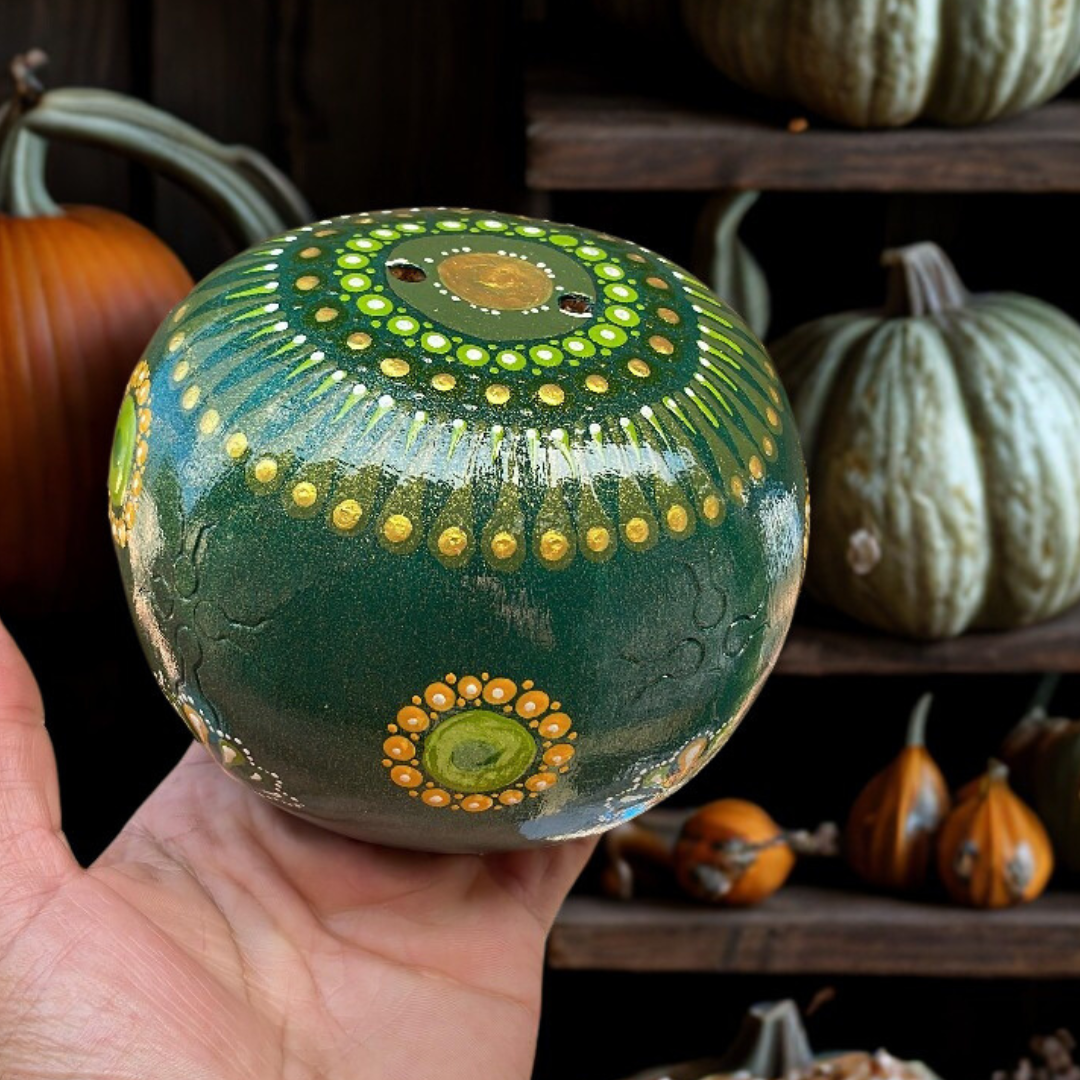
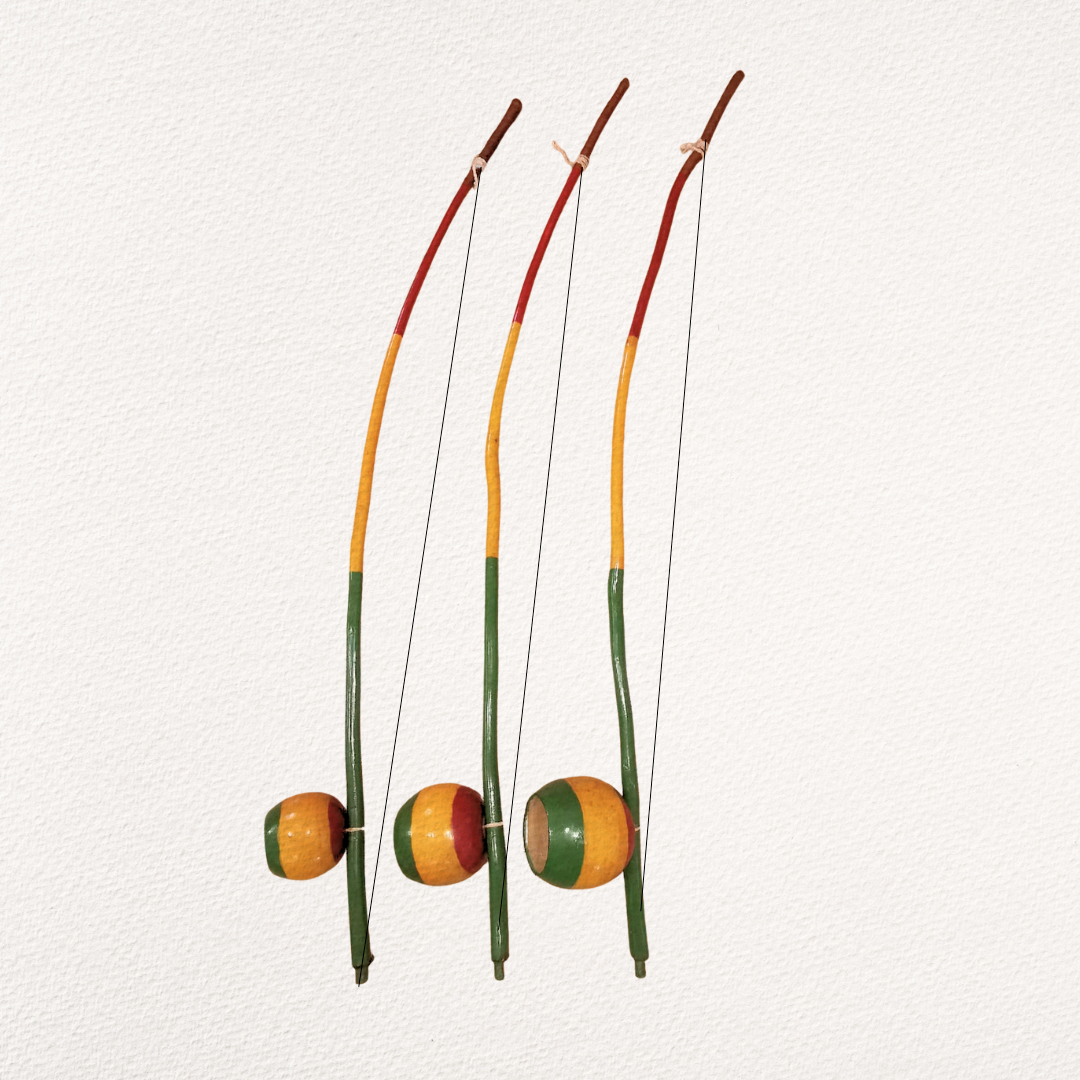
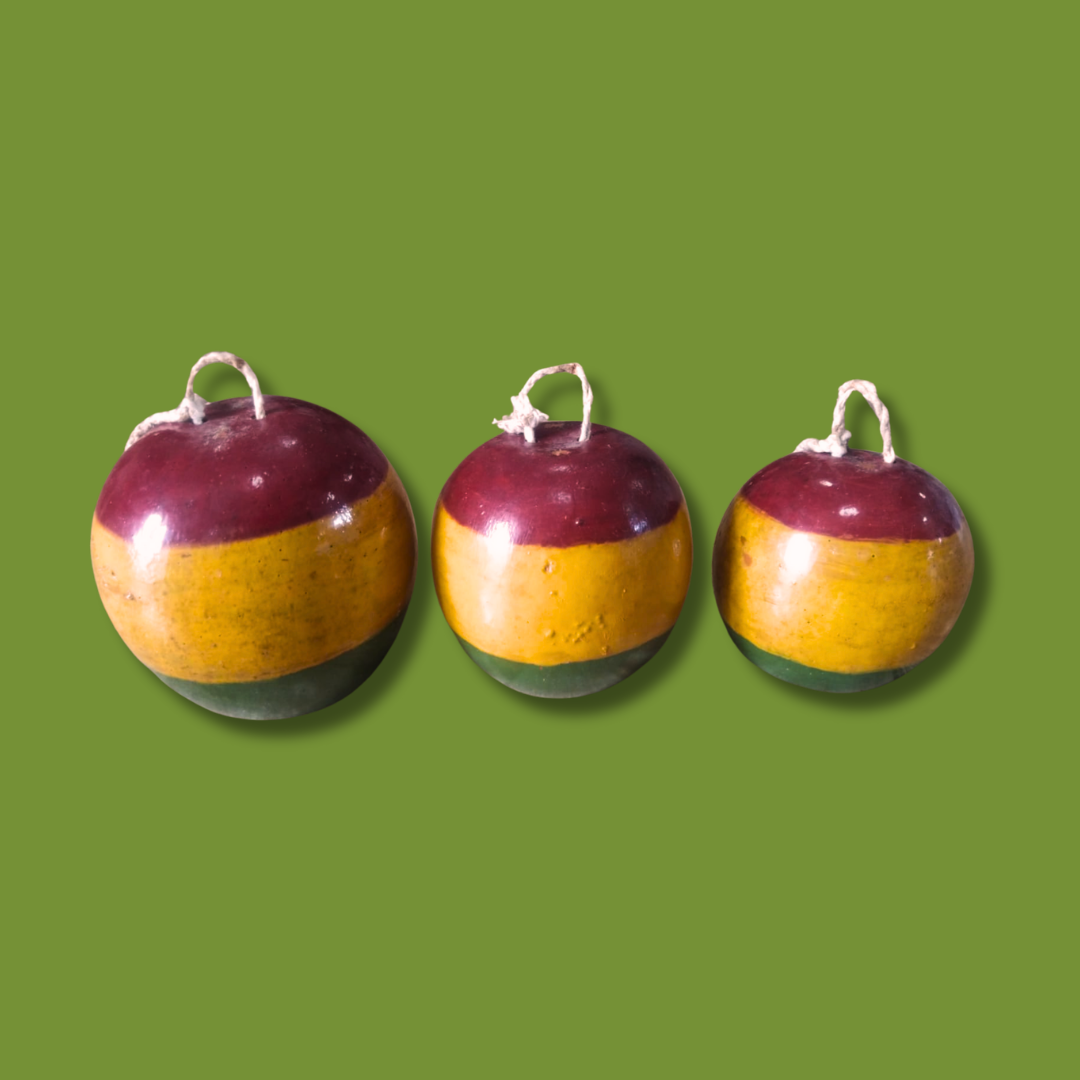
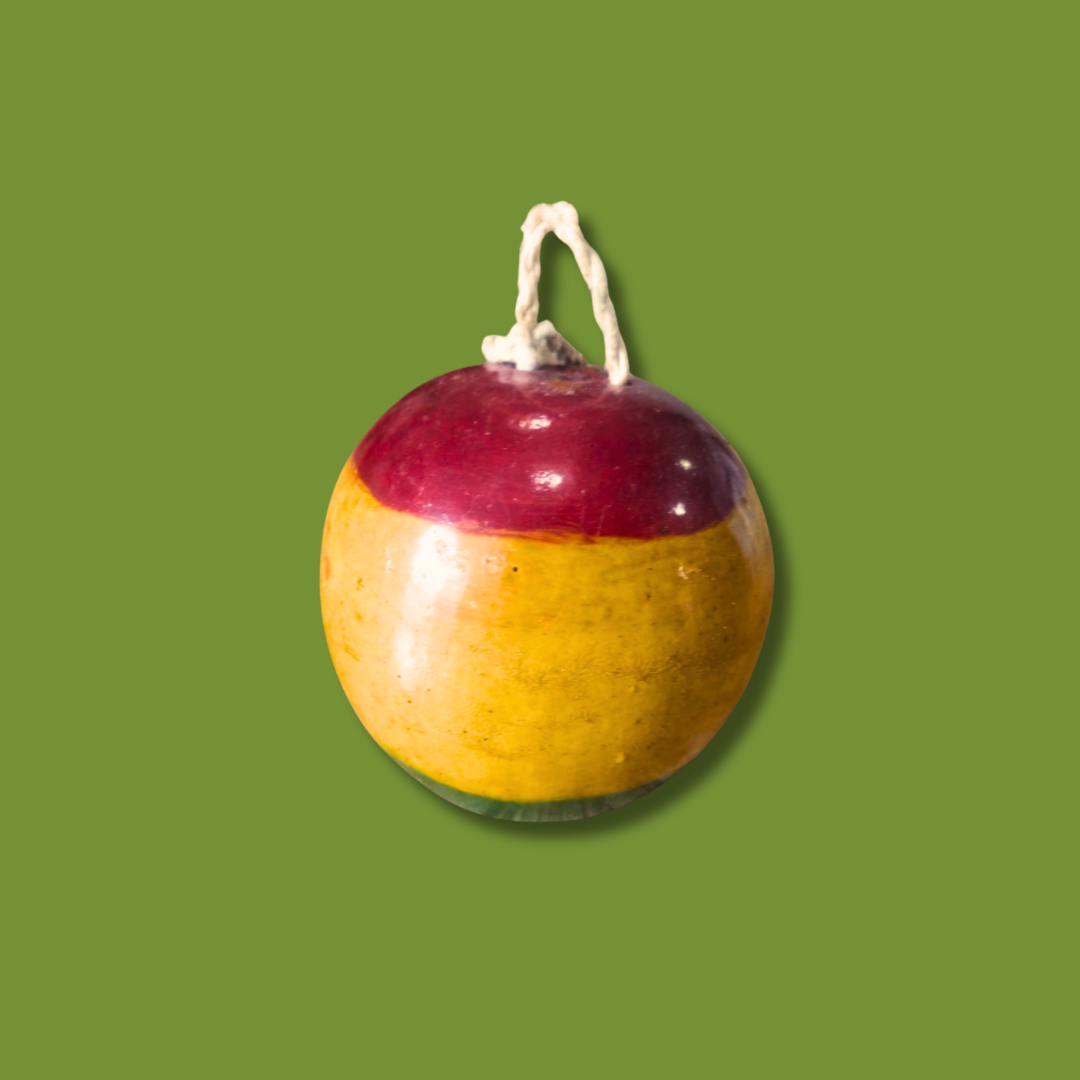
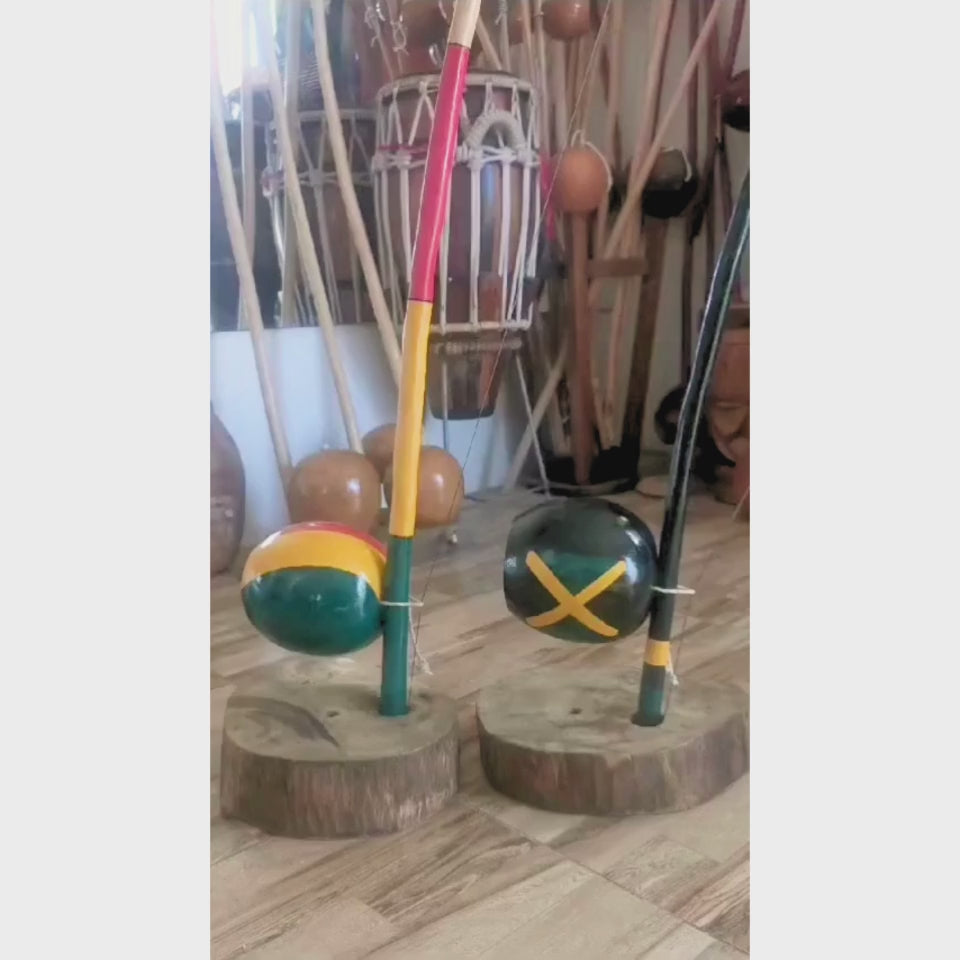

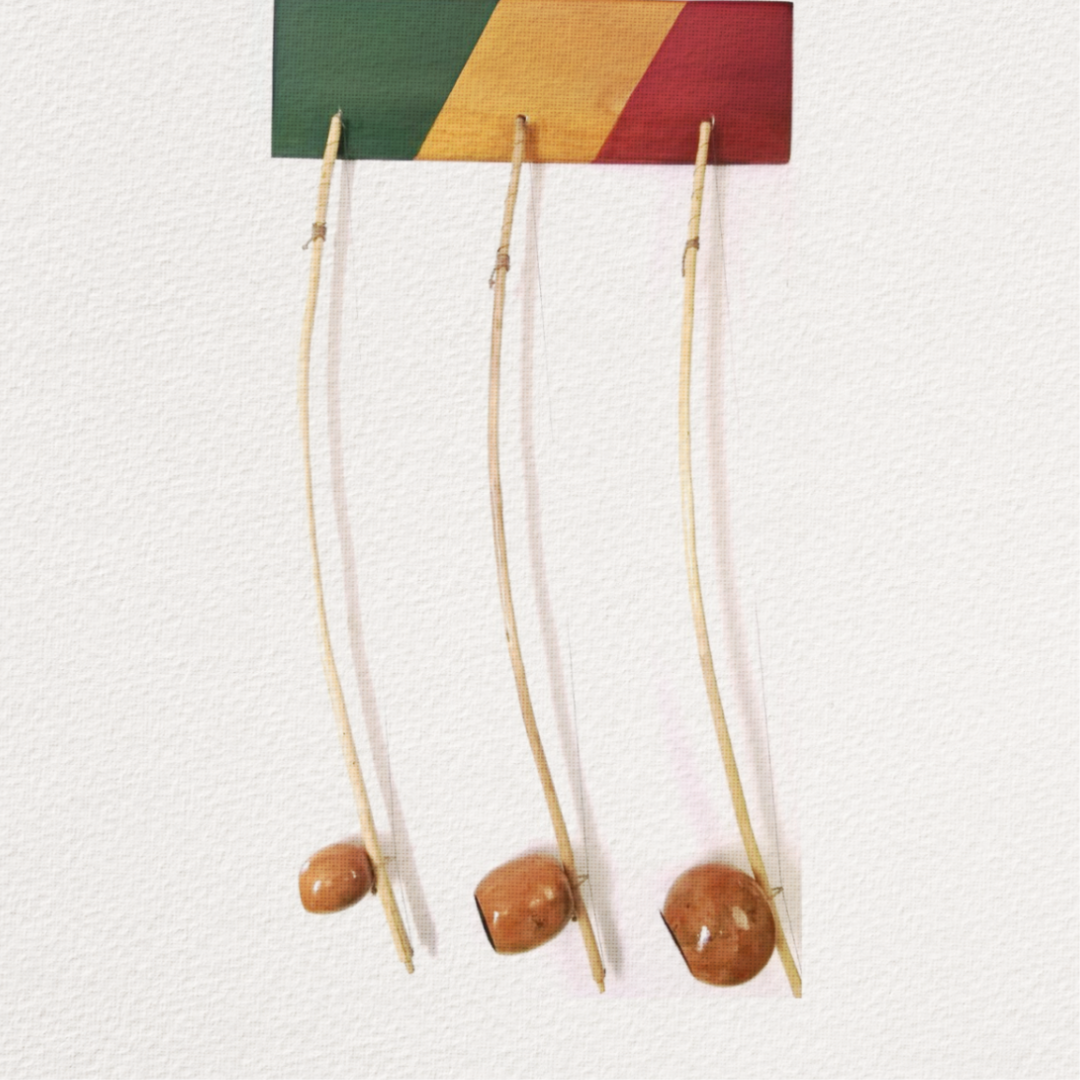
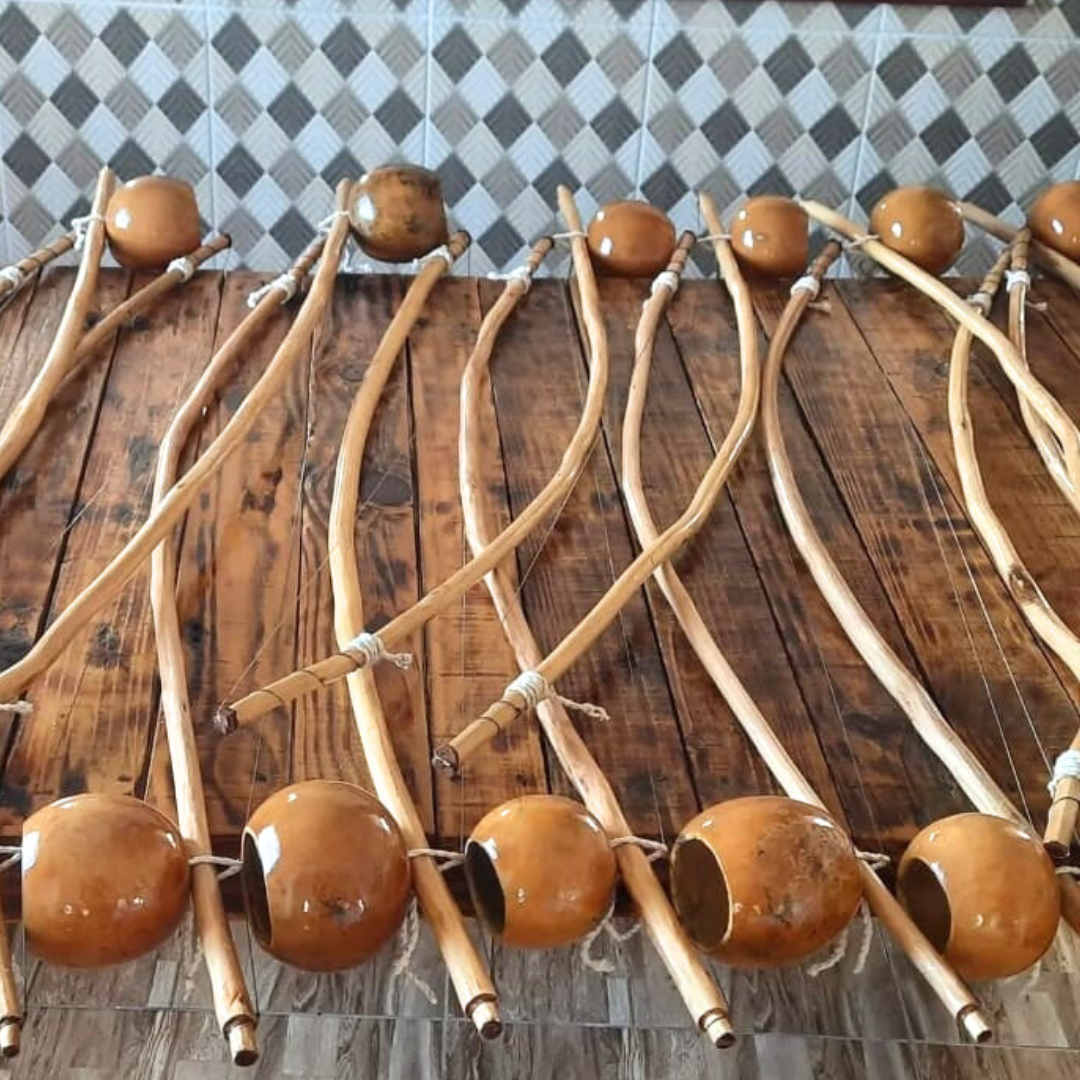
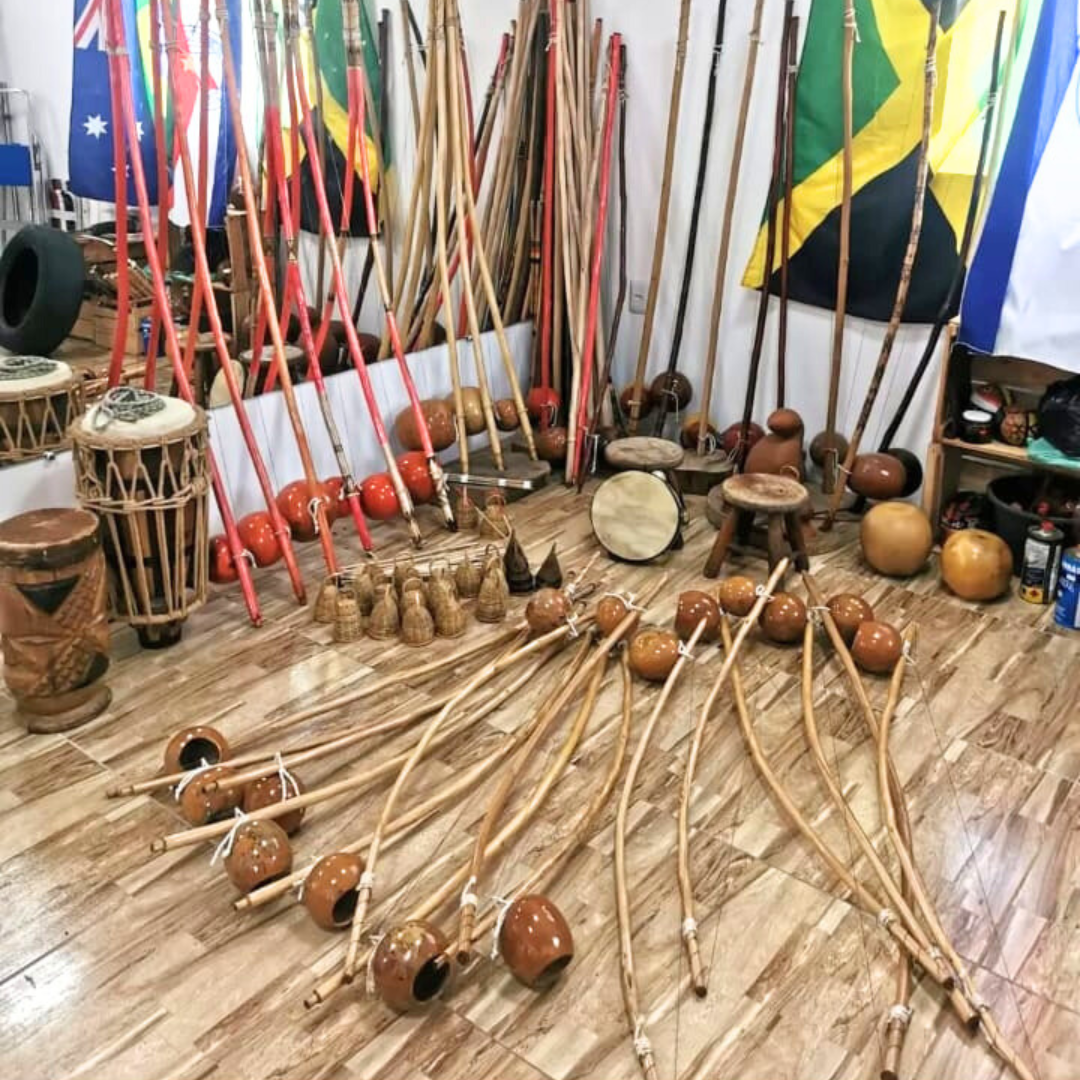

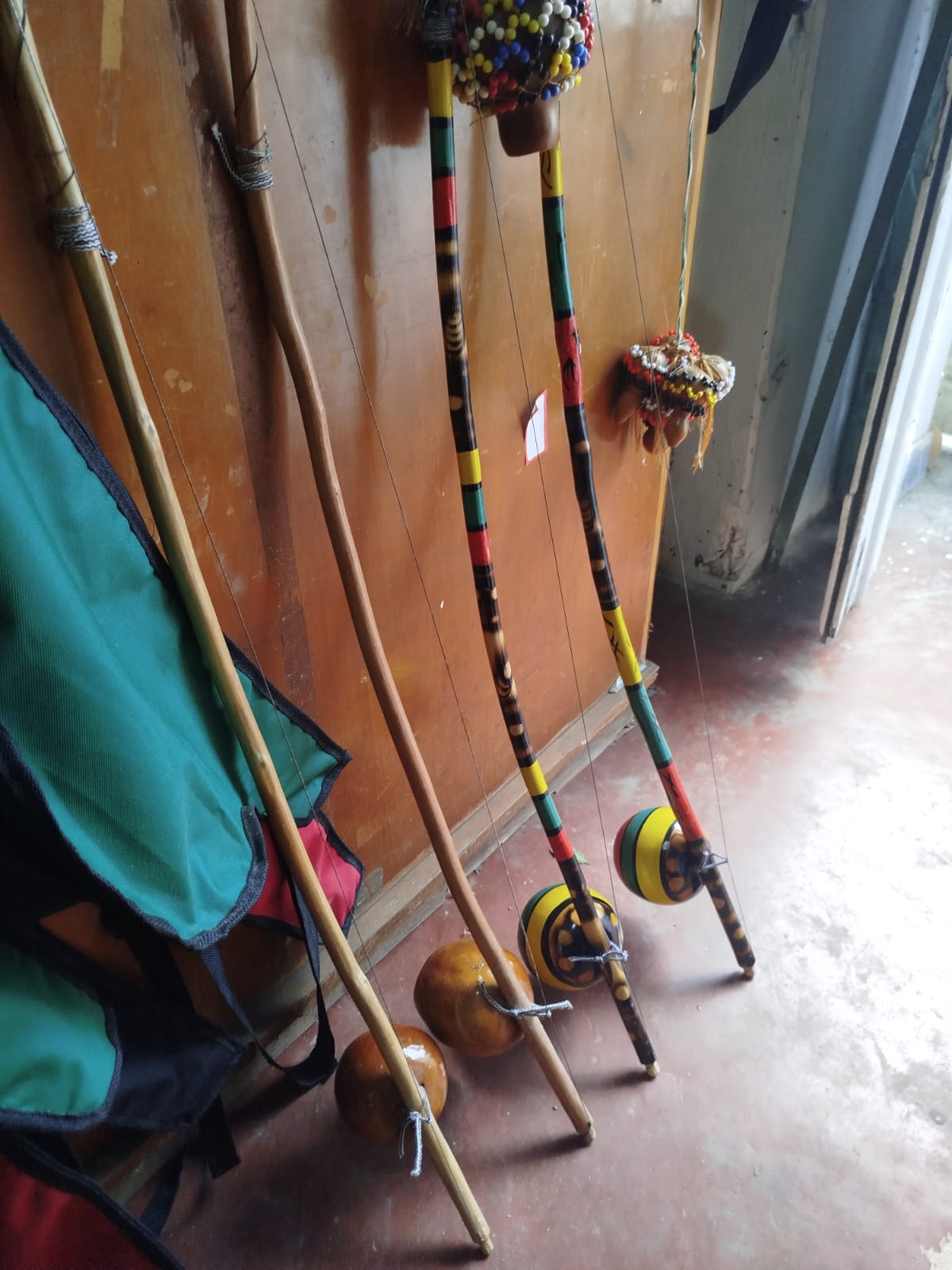
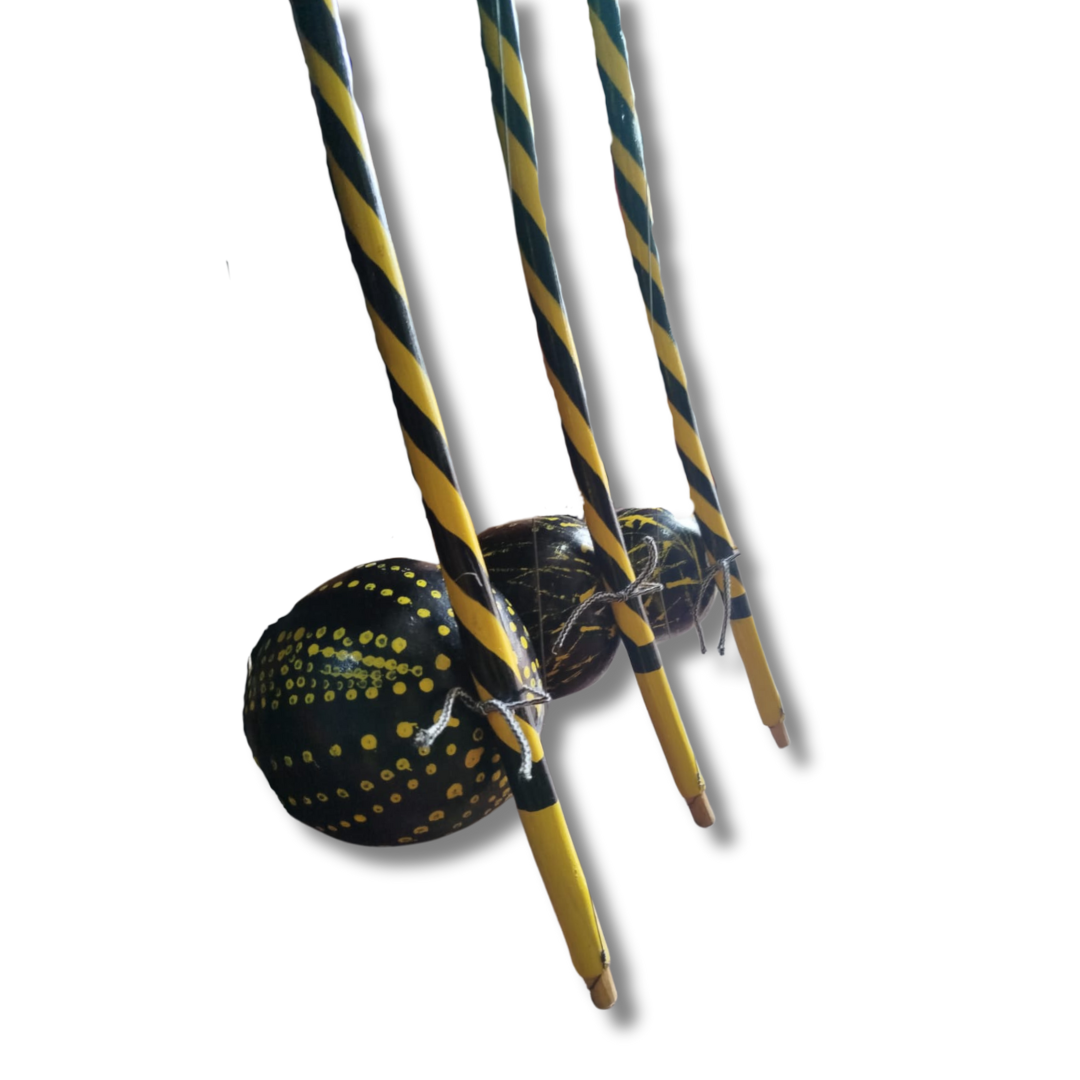
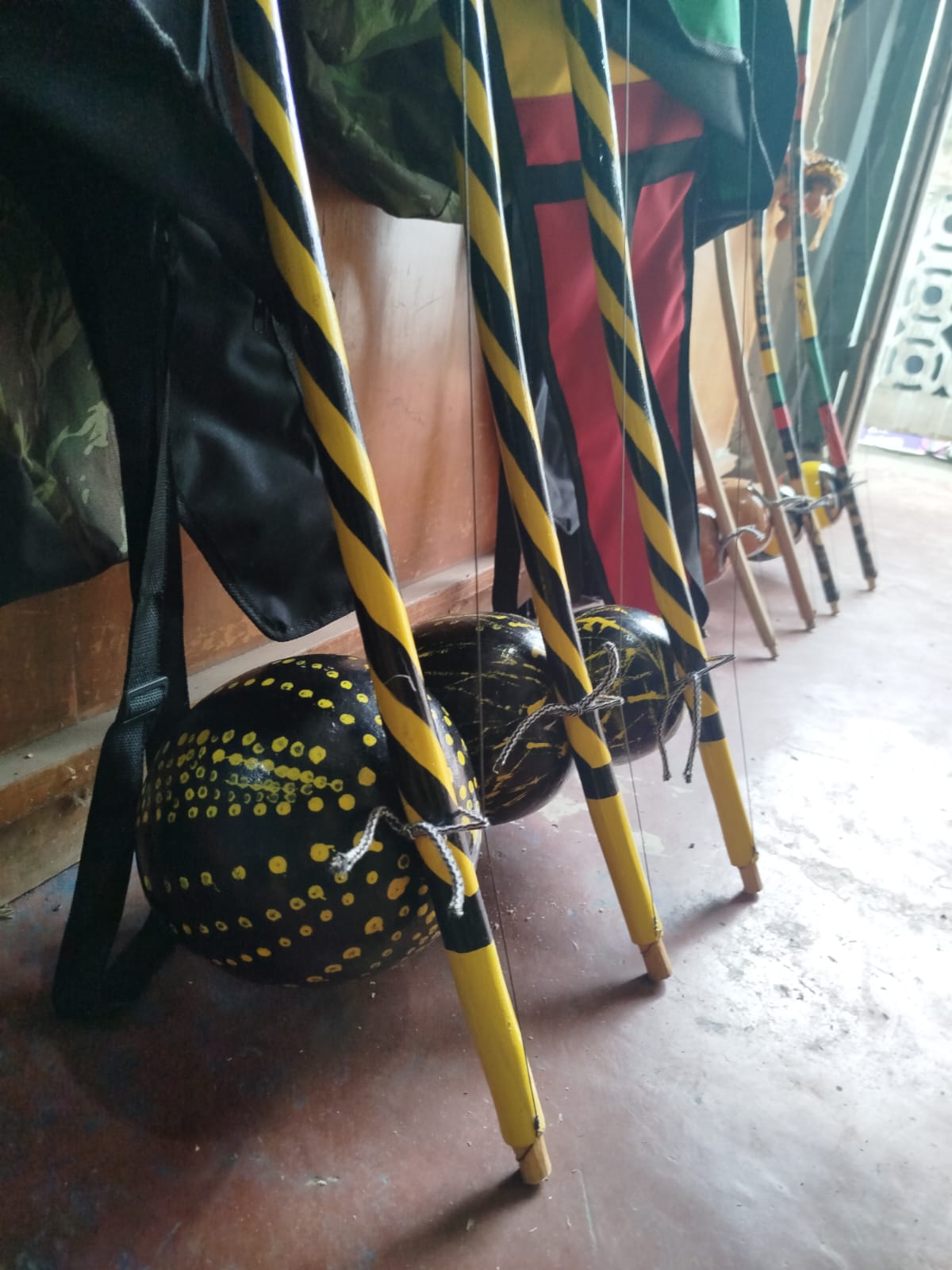
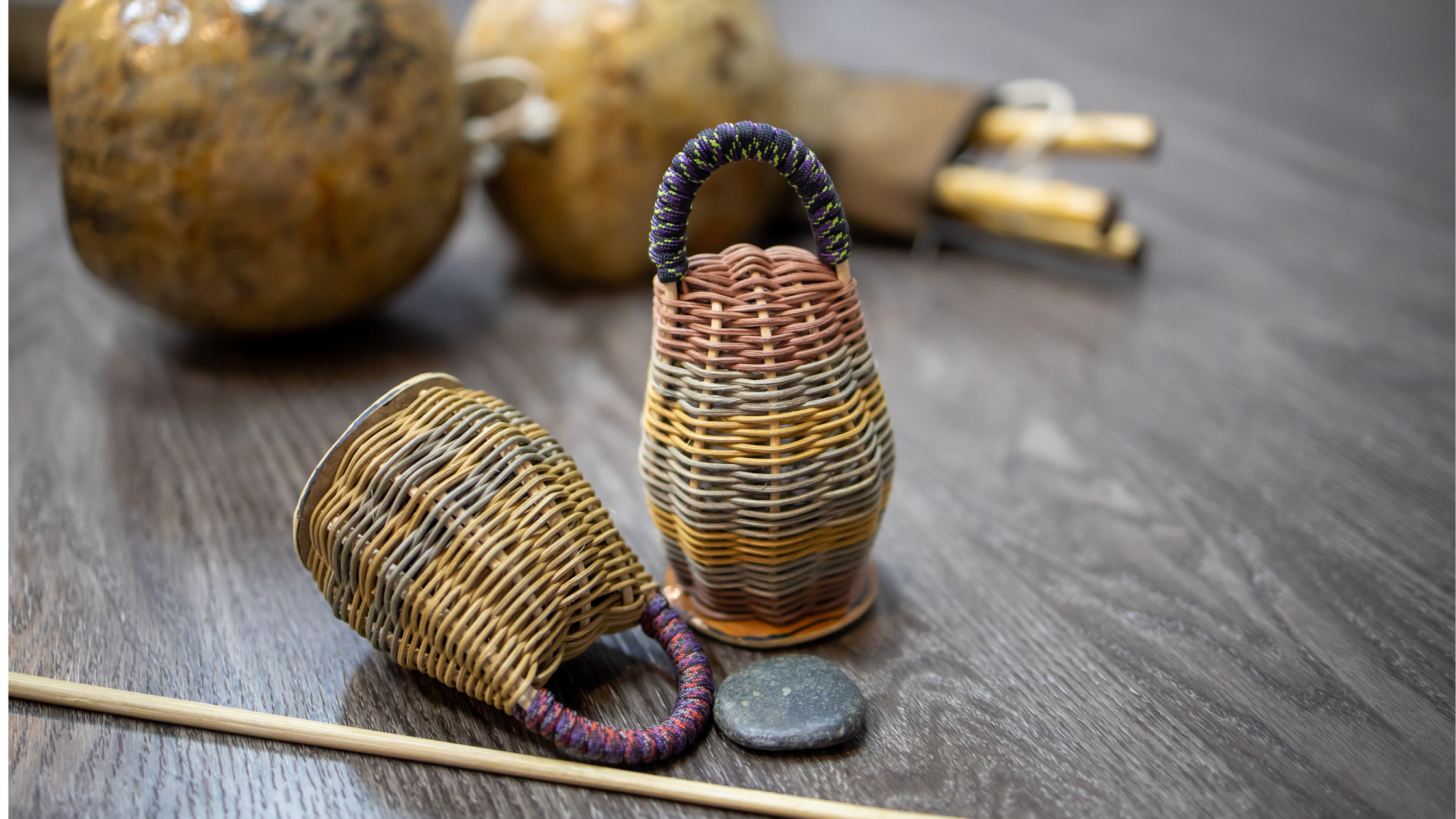
0 comments